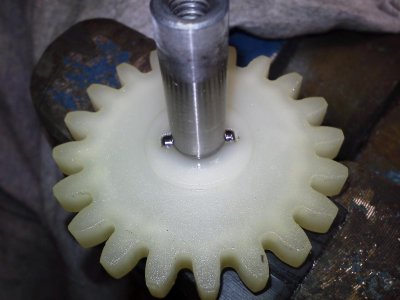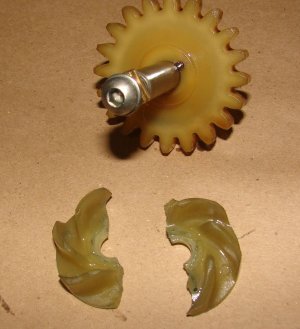Jakobi
Super Moderator
I had wondered about such things. A bigger job.. Yay! Would it not be possible to use something to hold the actual impeller itself while cracking the bolt? Set of vice grips on it, then quick zap with a cordless impact with an allen socket? Might damage the plastic impeller, but worste case would be as you have said. Pulling the full RHS cover.


